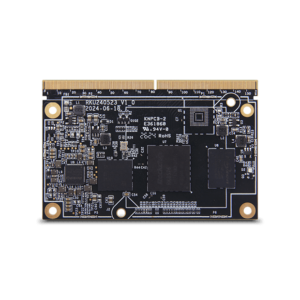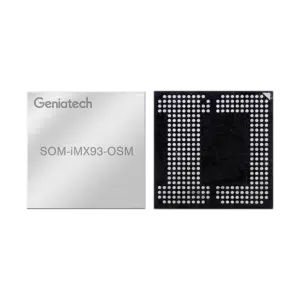Exploring the Benefits of Using Computer on Modules in Industrial Applications
Exploring the Benefits of Using Computer on Modules in Industrial Applications
Blog Article
The rapid progress of technology has pushed substantial inventions in embedded techniques, among which is the system on module manufacturers Working as a connection between custom electronics and off-the-shelf adventures, the SoM is redefining how designers method embedded process design. That blog highlights the essential knowledge of a Program on Component and its growing programs in several industries.

What is a Program on Component (SoM)?
A Process on Element (SoM) is just a compact, ready-to-use panel that combines all of the primary aspects of something on a single module. That on average involves the model, memory, energy administration devices, and often additional peripherals like Wi-Fi or Ethernet. Unlike a traditional single-board computer, an SoM does not come with connections and interface locations pre-installed, meaning it should be combined with a provider board to create a complete system.
Designed to improve progress workflows, the modular nature of an SoM enables designers to skip the elaborate process of planning and building each individual element from scratch. By adopting an SoM, organizations can focus more on the application-specific features of these products.
Benefits of Using Program on Component
The integration of a complete process on a singular element gifts a few benefits. First, it drastically reduces the full time needed for item development. Pre-tested adventures assure security, saving weeks of benefit engineering teams.
Moreover, the scalability of an SoM allows firms to modify efficiency levels predicated on challenge requirements. For instance, a low-cost alternative can very quickly scale right into a high-end product by changing the model in the element while keeping the company board design. This approach reduces design dangers while marketing long-term cost-efficiency.
Finally, the consistency of an off-the-shelf element ensures high compatibility with existing instruments and frameworks, which makes it well suited for equally little startups and big enterprises aiming to hit the market quickly.
Key Purposes of SoM in Embedded Programs
The usage of Process on Segments spans many high-demand industries including but not restricted to medical devices, automation, and client electronics.
Medical Units
Accuracy and consistency are paramount in healthcare. System on Modules with protected handling capabilities are stuck in screens, imaging units, and lightweight diagnostic tools.
Commercial Automation
Sturdy and energy-efficient, an SoM is essential for industrial control systems and autonomous robotics. Its scalable structure supports high-speed data control and IoT connectivity.
IoT Units

Consumer products and services like clever thermostats, wearable devices, and also house assistants include an ultra-compact Program on Module for easy performance.
The System on Element continues to achieve footing because of its decreased difficulty and usefulness, cementing it self as a future-proof alternative in the stuck systems sphere. Market leaders are actually leveraging these modules, and their range is anticipated to increase even further as engineering evolves.
Report this page